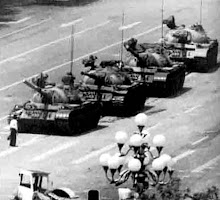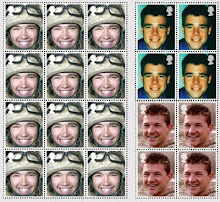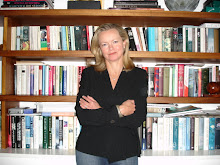
This image - copyright Seamus Murphy
The late, great Philip Jones Griffiths (1936-2008) called Seamus Murphy “a poet with a camera” – yes, of course, a clichéd epithet - but, like any cliché worth its salt, it contains more than a kernel of truth. If you want to see some excellent examples of Murphy’s visual verse, you have until September 13th to wend your way to Asia House, an extraordinary and relatively new venue, still practically hidden on London's super-posh New Cavendish Street, nestled between all the plastic surgeons, orthodontists and top-of-the-range shrinks plying their various trades in W1.
Murphy’s exhibition of images from his latest project: A Darkness Visible: Afghanistan remain on show in the main Asia House Gallery. Check out:
http://www.asiahouse.org/net/MainGallery.aspx
Afghanistan and continued British involvement in this fascinating, strange and remote country remain an enigma to me. In a bid to better understand why we are still involved there, and to what end, I went last week to an Asia House event where my erstwhile & esteemed colleague, “Vitamin Murders” writer James Fergusson, was talking about his latest book: A Million Bullets: The Real Story of the British Army in Afghanistan. I left elucidated but nevertheless depressed to have my own instincts confirmed: that military intervention – let alone that of a former imperial power – had no chance whatever to effect any possible good for the future of the Afghan people – the same people so nobly portrayed in Seamus Murphy’s photographs. If you can’t make the show, do check out the book at:
http://www.amazon.co.uk/Afghanistan-Darkness-Visible-Seamus-Murphy/dp/0863566200
James Fergusson’s considered and beautifully written analysis can be perused further at:
http://www.amazon.co.uk/Million-Bullets-Real-Story-Afghanistan/dp/0593059026/ref=sr_1_1?ie=UTF8&s=books&qid=1217340023&sr=1-1



 In London recently, I caught for the first time a glimpse of Jaume Plensa's new art work which glows above the BBC in Portland Place, as a memorial to journalists & crew who have died upholding freedom of speech. Entitled 'Breathing', the site specific, glass and steel sculpture which was unveiled in June is engraved with a meditation upon silence, life & death. Veteran hack Robert Fox has written movingly about the dedication service for the memorial, which he suggests is highly timely - given that, despite every advance in technology, news gathering around the world continues to be a highly dangerous business. You can read the full article here:
In London recently, I caught for the first time a glimpse of Jaume Plensa's new art work which glows above the BBC in Portland Place, as a memorial to journalists & crew who have died upholding freedom of speech. Entitled 'Breathing', the site specific, glass and steel sculpture which was unveiled in June is engraved with a meditation upon silence, life & death. Veteran hack Robert Fox has written movingly about the dedication service for the memorial, which he suggests is highly timely - given that, despite every advance in technology, news gathering around the world continues to be a highly dangerous business. You can read the full article here: 




